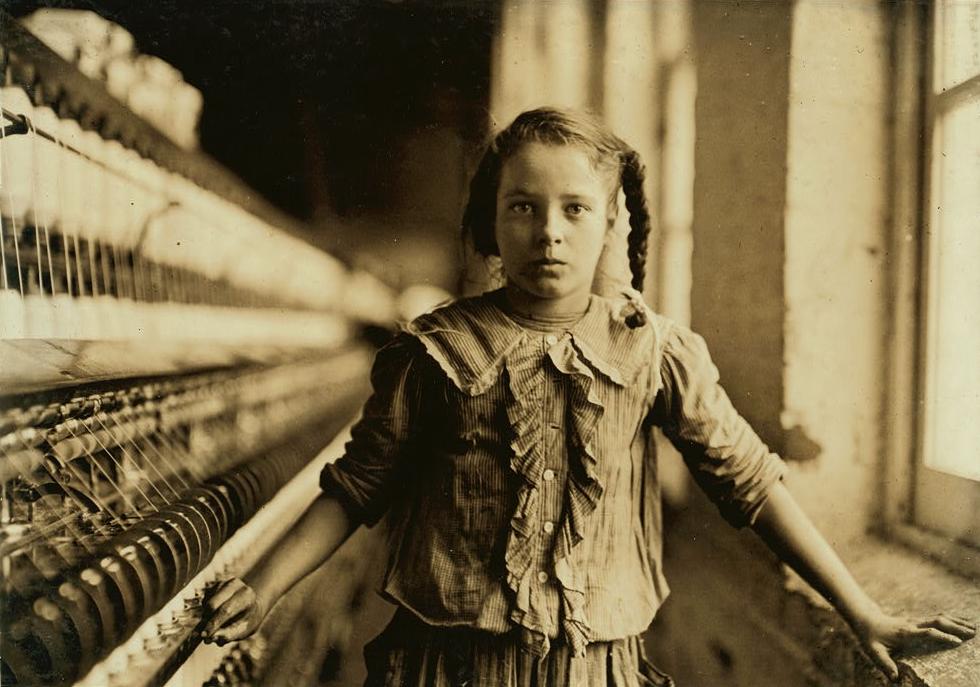“Soulmaker: The Times of Lewis Hine” is an exhibition and newly released book by Stanford arts and humanities professor Alexander Nemerov, on view at the Cantor Arts Center. The exhibit follows the life of early-20th-century social activist and photographer Lewis Hine with an in-depth exploration of his photo series documenting the plight of child workers.
When looking at “Soulmaker” as an exhibit, photographs are spread around the room, grouped into little clusters meant to tell contained narratives. The exhibit is an intriguing exploration of Hine’s legacy, as it combines both past and present, with Hine’s original photography and Stanford alum Jason Francisco’s pictures trying to recapture the fading history within the sites in which Hine’s subjects once lived and suffered.
What ties these snapshots together is the subjects’ isolation — how do these children, far too mature for their age, deal with the repetition and the monotony of their daily lives? Many curious eyes look into the camera, directly back at Hine. They want to know why this man is pointing such a strange device at them.
Just as one girl looks out the factory window and finds herself restricted, the child workers in Hine’s photos are all trapped as young members of the American workforce. Bound to their families and communities, these workers show a wide variety of expressions, from smiling faces to suspicious glares to wistful, dead-eyed gazes. The silent takeaway is that these children are burdened by the government’s response to economic, social and political issues. Faced with a lack of freedom to play and explore, accepting of their roles, resigned to their dreamless futures, these children march on with a hope of improving their lives.
In Nemerov’s synopsis of the gallery, he makes readers ponder the legacy of Hine’s photos, asking whether those child workers disappeared and if their presence can be felt again. He introduces Jason Francisco, a photographer and Stanford graduate who aims to recapture Hine’s work. Francisco visits locations where Hine took photos of buildings or fields where the children once stood. His color-filled, clear photos are grouped with the grainy images Hine’s took a century ago, an attempt to remember traces of a lost history, since the children’s suffering seems to have vanished without a trace. The child workers seem to haunt the locations Francisco tried to recapture, left behind and forgotten.
Professor Nemerov conveys his admiration of Hine’s work through his “Soulmaker” exhibit, commemorating his legacy by grouping Hine’s photos to be mediated in a new, fleeting way. He suggests that the children are stuck in time and continue to exist in each photo, combining Francisco’s efforts with photos of the past. That contrast evokes an eerie feeling, implying that their time of life is gone and that almost nothing of the child laborers remain, except for those precious and ephemeral photographs.
“Soulmaker” runs until October 24, 2016, at the Iris & B. Gerald Cantor Center for Visual Arts.
Contact Ify Ezechukwu at ify199898 ‘at’ gmail.com and Jessica Xing at jessica.xing1998 ‘at’ gmail.com.
